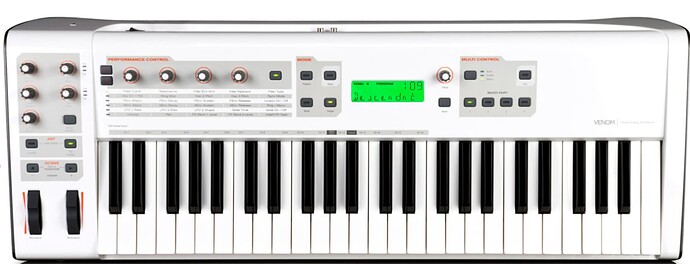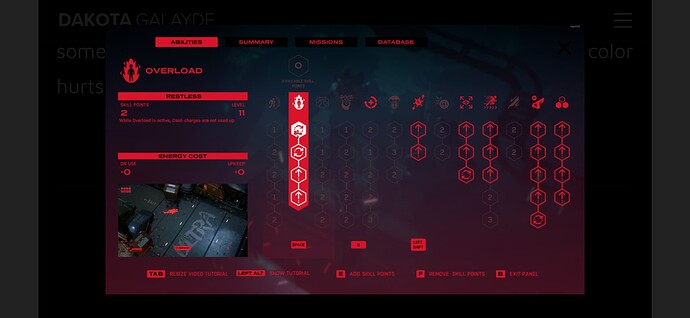Well, after dreaming about modules I would like to see, I finally took the plunge, and created my own plugin - Venom Modules. This is just a beta release - it is definitely not ready for release to the library. But hopefully soon it will be ready - with your help!
I am asking for help with beta testing to help root out any bugs, and to give some feedback on the feature set, layout, documentation, etc.
Full documentation and downloads for Windows, Mac, and Linux here
Bernoulli Switch - Primary function is to randomly route 1 or 2 inputs to 1 or 2 outputs. All the features are available in other existing modules, but none have this particular collection of features. I think it is a good candidate for any fixed rack due to its flexibility - it can do many things that are frequently required in most any patch, so it likely would never go to waste:
- dual attenuverter with offset
- dual constant voltage source
- “traditional” Bernoulli gate, with both toggle and latch capabilities
- random or directed switch, 1 to 2, or 2 to 1, or 2 to 2.
- manual momentary or toggled gate
- manual mute, either toggled or momentary
- fully polyphonic, and works fine at audio rates
- flexible Schmitt Trigger
- … lots more
HQ - Harmonic Quantizer
- Provide a fundamental V/Oct and specify an integral harmonic partial value (natural or subharmonic), and it will output the V/Oct for that partial
- Or provide a fundamental V/Oct and an input V/Oct and it will quantize the input to the nearest partial (natural or subharmonic)
- Fully polyphonic
WINCOMP - A polyphonic windowed comparator that was inspired by the relatively new VCV COMPARE module. I submitted an enhancement request to VCV Support, but it was declined. So I created the version that I wanted to see.
RECURSE - A single module making it convenient to set up recursive processing via polyphonic send and return. So far I have used it to:
- combine with a resonant filter to hone in on 1 (or a few) harmonic partials
- combine with WINCOMP and a mixer to create a flexible wave folder
- generate a polyphonic series of integral constants
Rhythm Explorer - A random trigger sequencer inspired by the Vermona Random Rhythm Eurorack module. But definitely its own beast.
None of this would have happened without the help and guidance from Patheros (Andrew Hanson), creator of the the PathSet collection of modules. Beyond some great ideas and advice, he also wrote the prototype for the Rhythm Explorer after I gave him some preliminary specs. That effort was actually the genesis of this plugin.
There are two additional modules that are tentative, and likely will not be included in the first release.
One is an enhanced version of the VCV CV MIX. I prefer that the enhancements are made to the VCV Fundamental module, and submitted a request to support. Bit if that request is declined, I will release my version.
The other is a variant of the 21 kHz Palm Loop oscillator. I’ve managed to make all the waveforms in the same octave, and added convenient ability to function as a 0 Hz carrier. But I have some serious aliasing issues with two of the waveforms, and could use some help. I’ve described the issues more fully in the documentation.
Thanks to all - I am looking forward to some invaluable feedback.

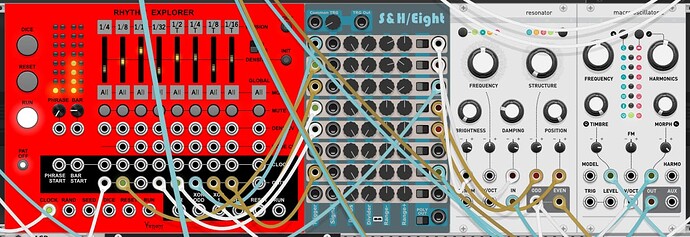
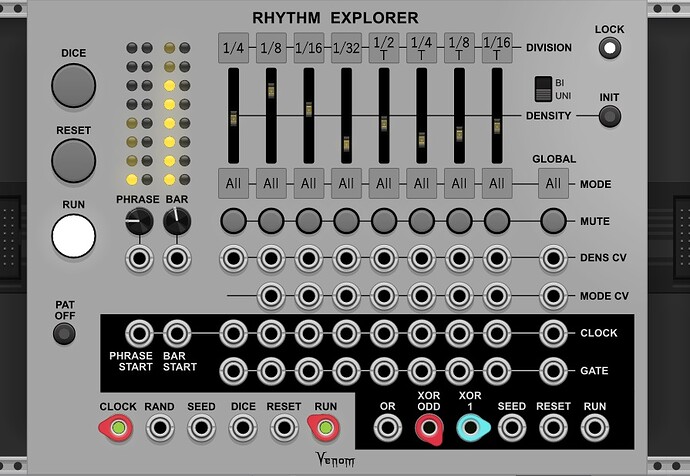
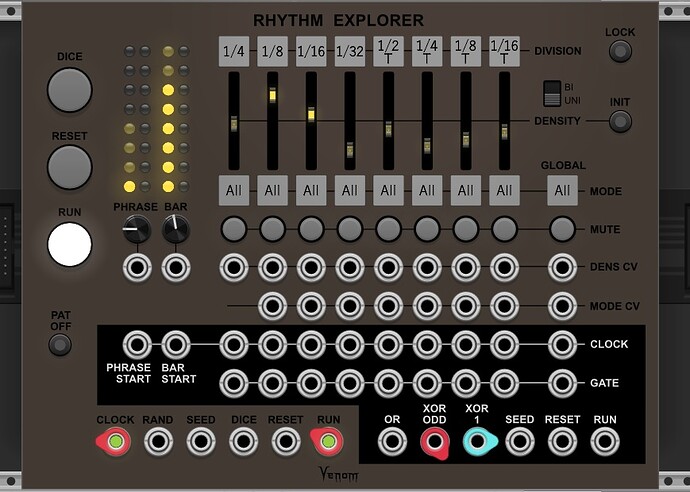

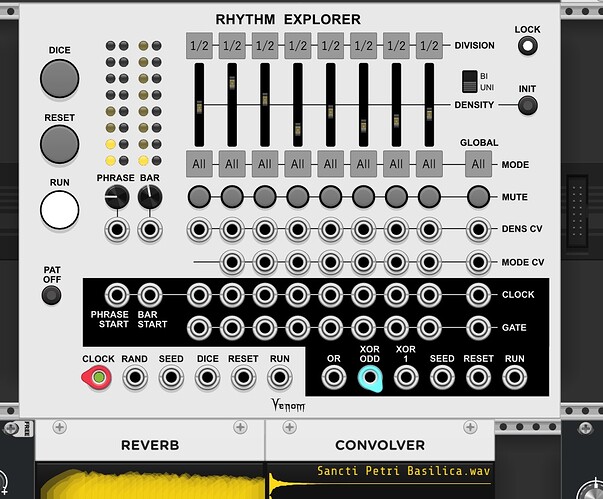
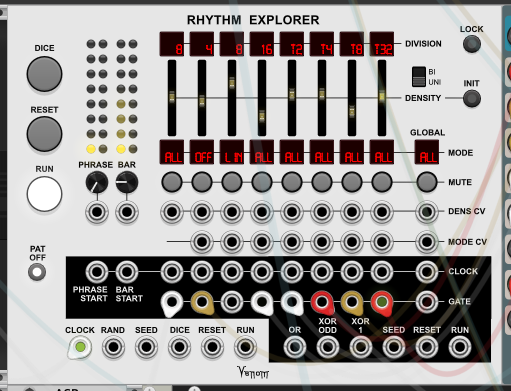

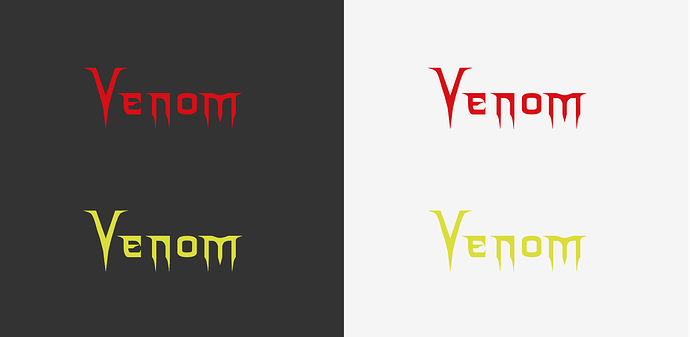

 and a venom - (not red).
and a venom - (not red).
